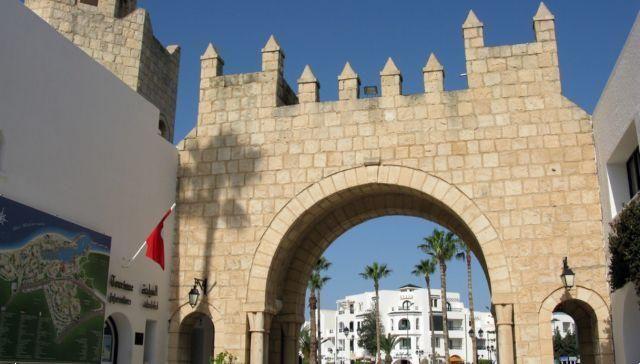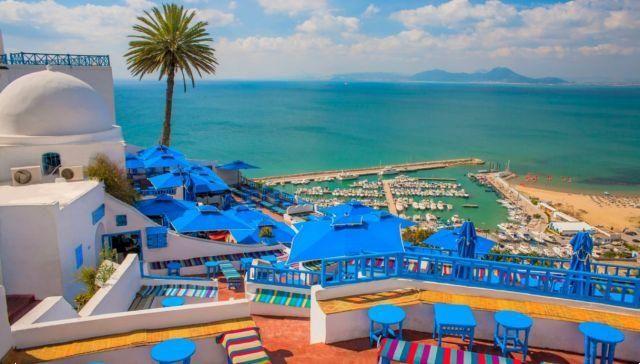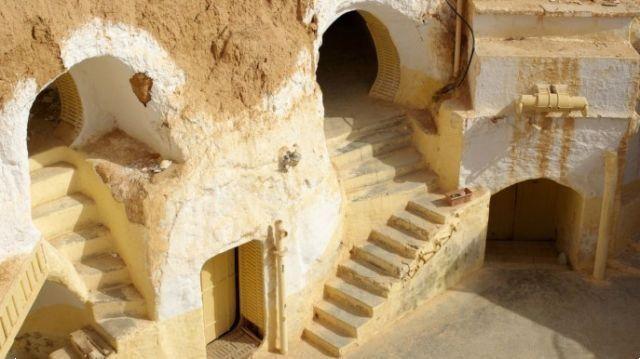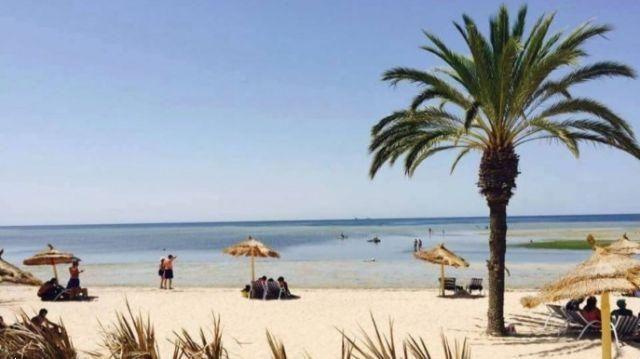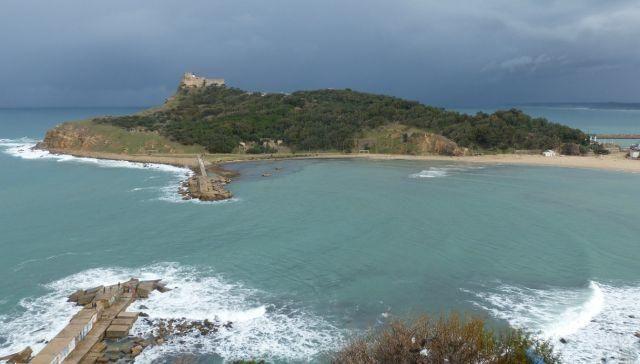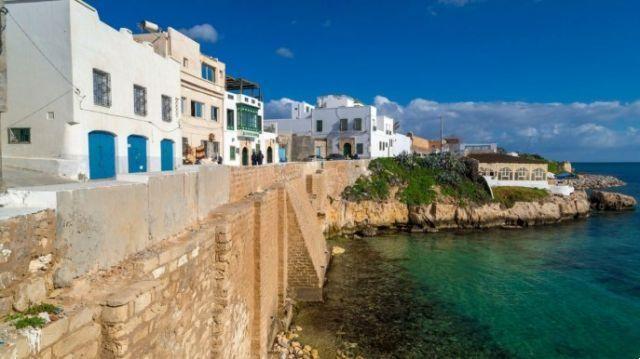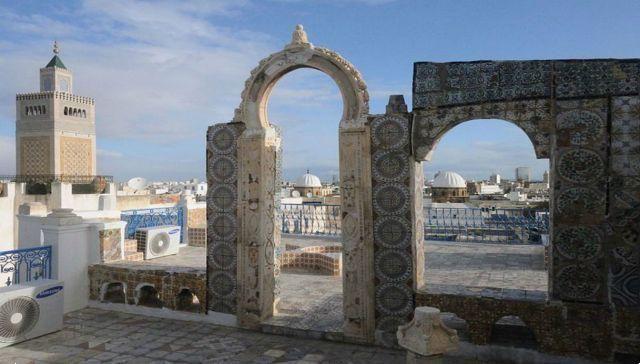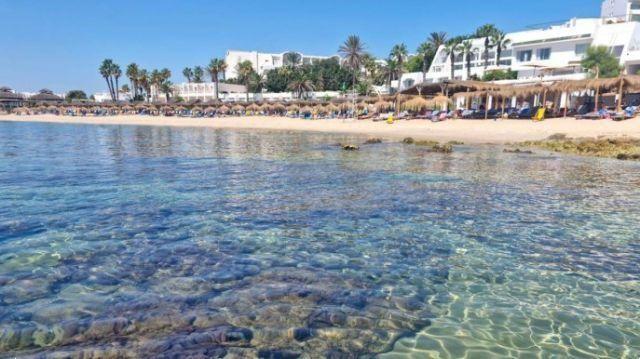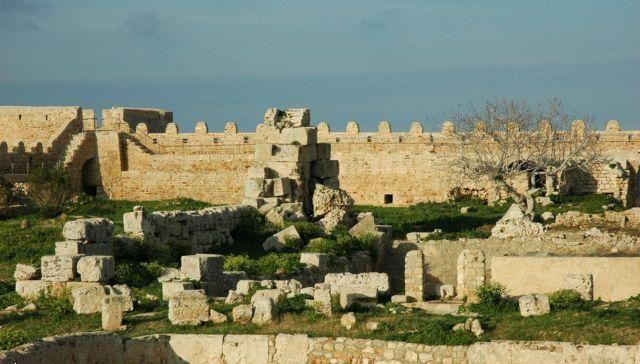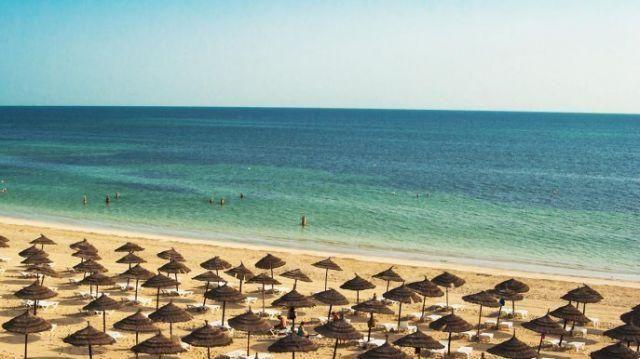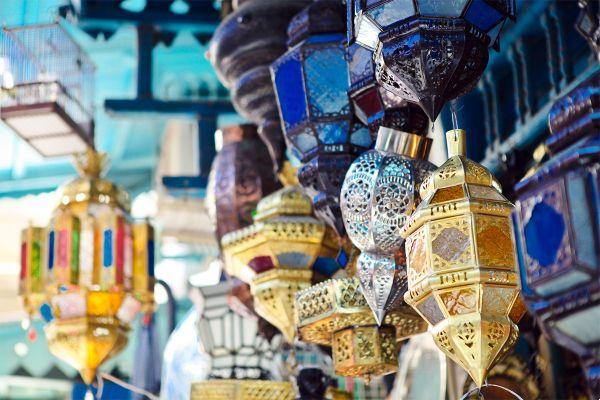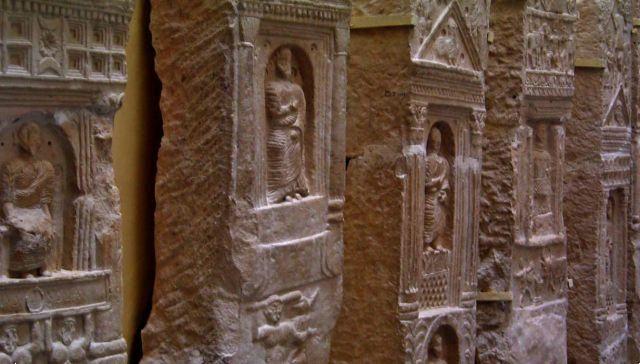 Walking around Tunis, from the spectacular Bardo museum to the nineteenth-century city with elegant streets, palaces and suggestive parks overlooking the lagoon.
Walking around Tunis, from the spectacular Bardo museum to the nineteenth-century city with elegant streets, palaces and suggestive parks overlooking the lagoon.
One of the most unique features of Tunis is that different historical periods and foreign dominations have created distinct and immediately recognizable urban realities. The capital of Tunisia is, therefore, the tangible result of this aggregation and in the itinerary we propose you will be able to discover the most interesting attractions of the new city up to the spectacular Bardo museum.
The itinerary begins with a tour of nineteenth-century Tunis, immediately recognizable for the orthogonal and orderly network of its streets modeled on French colonial cities, and in open contrast with the narrow and winding streets of the ancient medina. Take the Avenue de France-Avenue Habib Bourguiba to visit the most evident symbols of the colonial period: the General Residence and the Church of Saint Vincent de Paul, both built after 1860 by the French administration. The first is an elegant colonial-style palace, the current seat of the French embassy, while the second is the most important church in Tunisia, seat of the bishop of Tunis and built in a style that recalls Romanesque and Byzantine elements.
Many of the luxury hotels and the best restaurants in Tunis surrounded by a large number of shops and commercial activities. Therefore, if you want to dedicate a few hours to shopping, this is the area of the city for you.
Continuing along the avenue you will find the graceful rococo style façade of the Municipal Theater of Tunis and, just beyond, the National Crafts Office, a state institution that offers tourists a selection of the most interesting traditional Tunisian products, from carpets and fabrics to crafted leather and spices, although the general appearance it's quite cold compared to the liveliness you'll find in the souks of the medina. Continuing to walk east you will arrive at the Tunis lagoon where you can admire the large body of salt water that bathes the city, surrounded by many hotels and tennis courts.
Now head north to visit the large and suggestive Belvedere Park, a large green area that dominates the city. Thanks to its lush vegetation, this park, built in 1892, is a favorite destination for tourists and Tunisians looking for a bit of refreshment during the hot summer days and, moreover, offers spectacular views. Inside the park you will find the Tunis Zoo, the elegant Koubba, a finely decorated and perforated pavilion where concerts often take place and the Museum of Modern Art, which took the place of the old casino and where exhibitions of the most important contemporary Tunisian artists. A little gem not to be missed is the Fruit, a small, richly decorated building which in the past was located in the center of the medina and dedicated to ritual ablutions.
Coming down from the Belvedere park, head south-west to reach the highest end of the medina, where you can visit the Mohammed Pacha Mosque, with its square minaret and elegant decorations on the facade, and stop in the numerous cafés you will find along the sides of the street. A short distance away is the Youssef Sahib et-Taba mosque, a construction from 1812 curiously built inspired by the Italian architectural tradition, a trend that has left many traces around Tunis.
Before reaching the Bardo museum, make a detour towards the Mausoleum of Sidi Kacem, a building with a glazed roof dating back to 1400 and which today houses the Museum of Ceramics and Epigraphs, a unique opportunity to observe the incredible decorative mastery of the master craftsmen of Tunis, who developed a creative form of ornamental and decorative writing of great elegance and charm.
At this point head towards the western part of the city to visit the grandiose Bardo Museum, one of the most important archaeological museums in North Africa. The museum suffered a terrible terrorist attack in March 2015 which marked its image, but the message of peace and harmonious comparison between cultures remained intact. This large museum is the result of the collection of archaeological finds that took place during the nineteenth century and in its 34 rooms you will find works from all the historical phases of Tunis: the prehistoric, Punic, Roman, Christian and Arab-Islamic periods.
The main attraction of the museum are the magnificent Roman mosaics dating back to the 2nd and 4th centuries, found in the villas and ancient structures surrounding Tunis, and displayed today in the large rooms. Mythological scenes, divinities, wonderful natural depictions, chariot races and scenes of daily life will parade before your eyes which will show you how Roman culture made the entire Mediterranean basin a unique and cosmopolitan reality.
In addition to mosaics, at the Bardo Museum you will find a collection of prehistoric art, a large group of very well preserved classical statues, mosaics and frescoes from the Christian phase of the Roman Empire, a collection of Arab art showing the masterpieces of Berber and Tunisian artisans and many other testimonies of the civilizations and cultures that have passed through Tunis.




